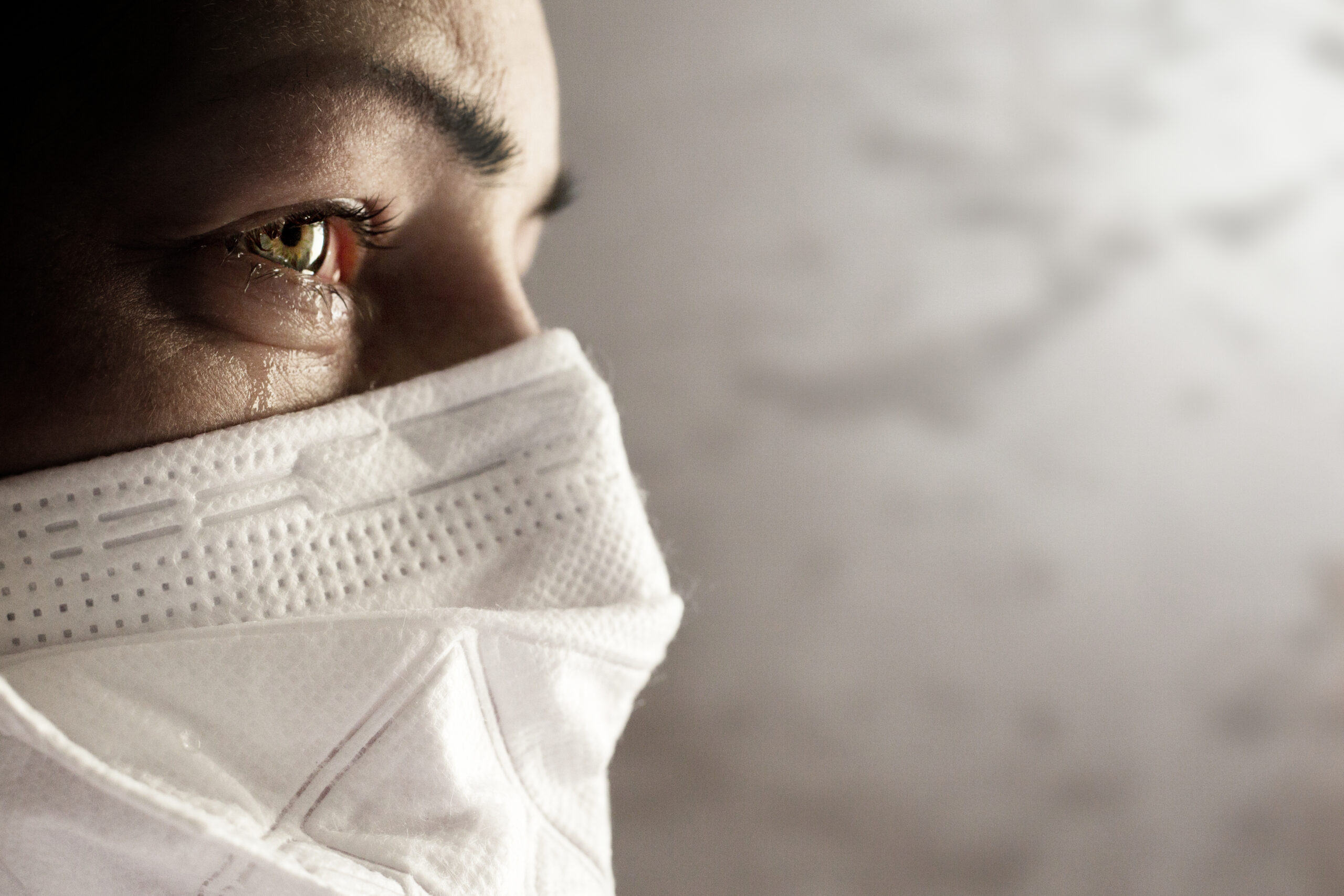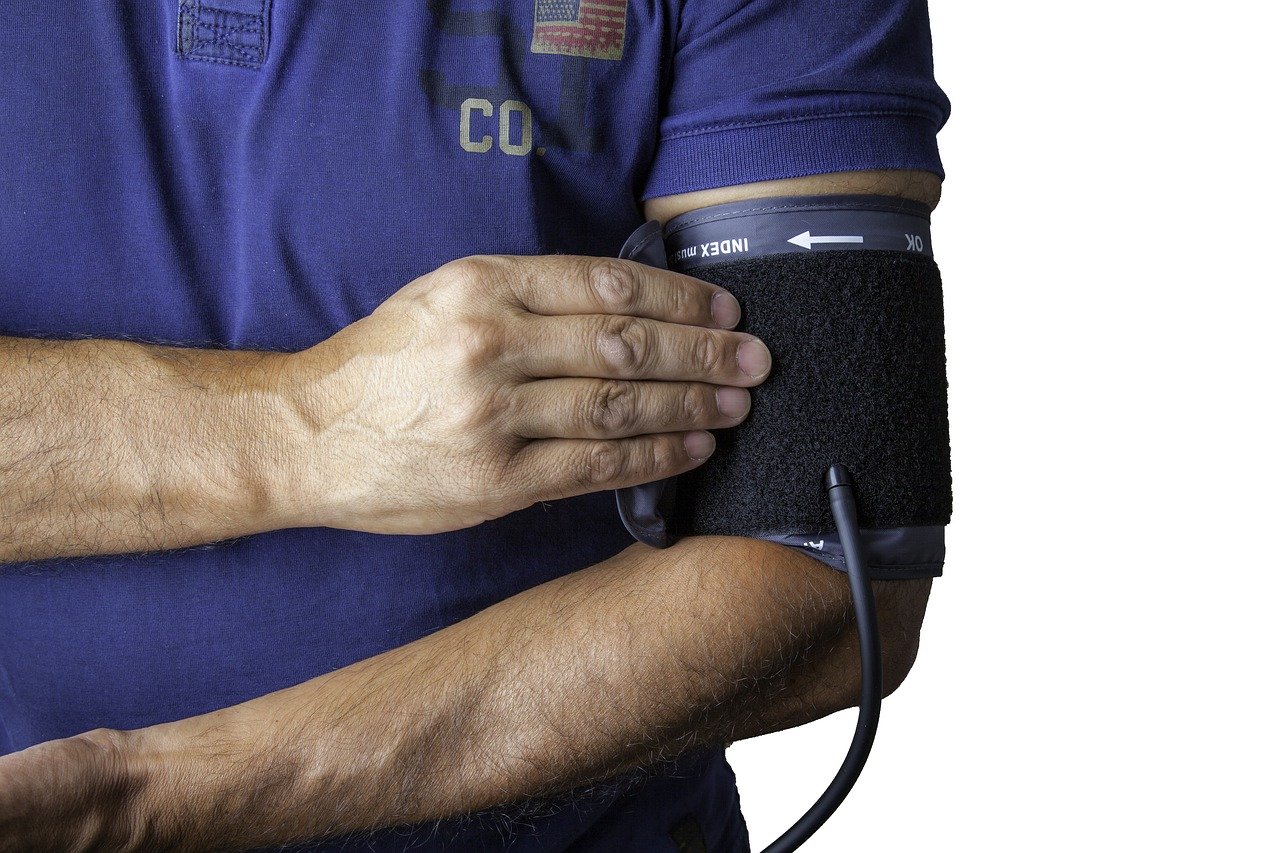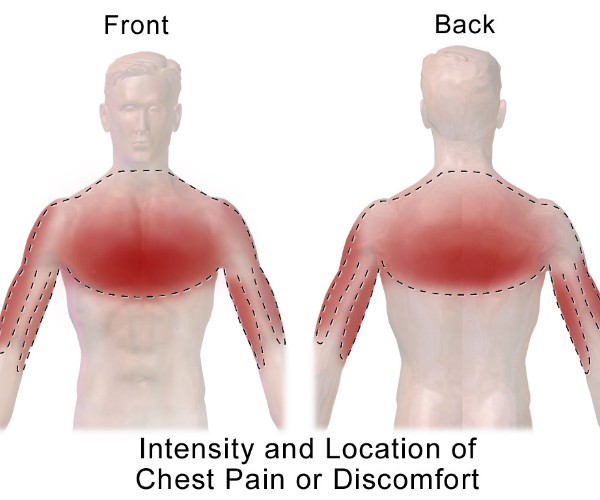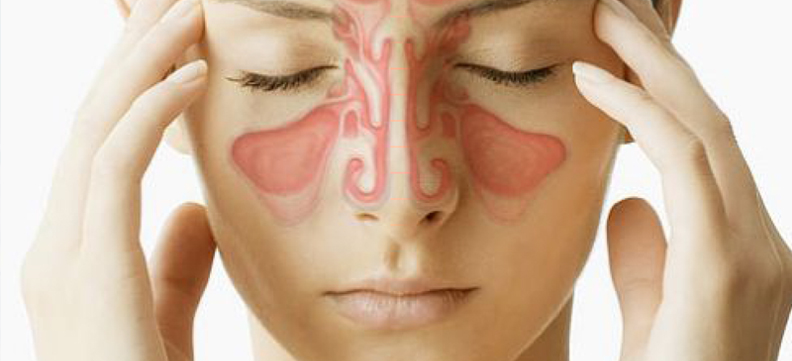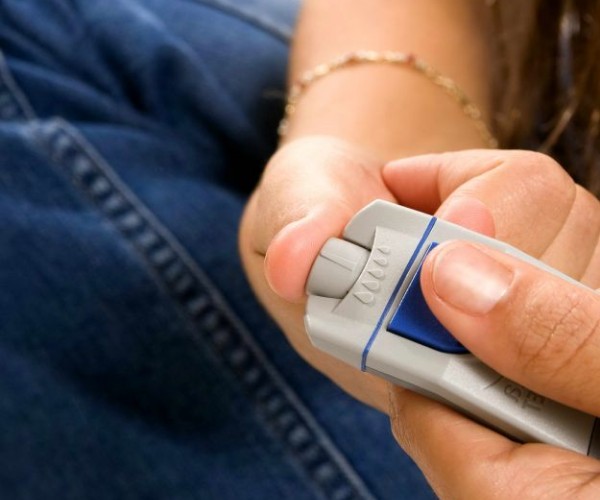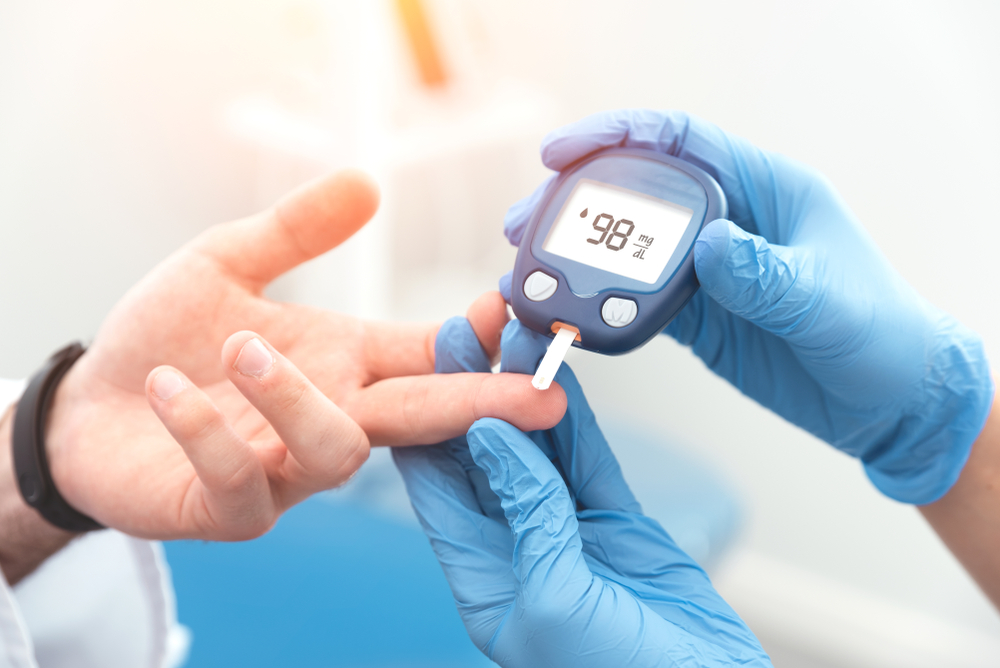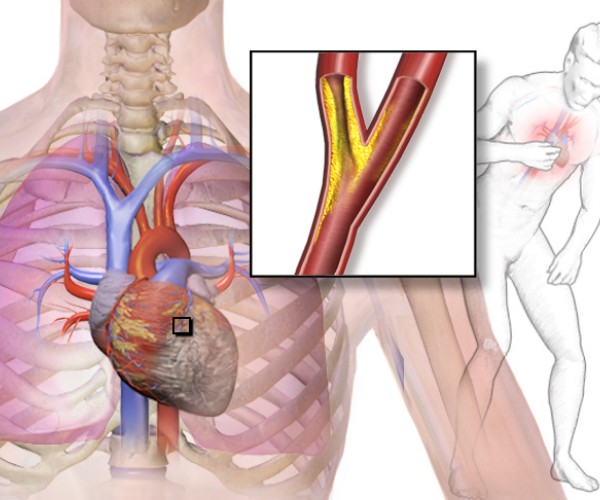Decrease the risks
However, these types of DNA tests have limitations. First, they havelimited accuracy, produce results that do not change clinical and therapeutic attitudes, and
The test
The test Hancock underwent was performed by Genomics Plc. This is a so-called polygenic risk test, in which a large number of variants, found in the genome, are analyzed to develop an estimate of the risk of contracting a particular disease, with the idea that each may contribute a small part. In themselves, these types of analyses are very useful on studies of large cohorts of patients because they allow us to
The results on the individual case
At the level of the individual, however, these tests are of more limited value, Not only are they not comprehensive, but In conclusion, the clinical relevance to date of these tests remains doubtful.
To know from DNA analysis if and what we can get sick from?
Certainly predicting and controlling the future has always been one of the dreams of human beings. The discovery and studies of DNA seem to represent a kind of realization of this dream: that is, to be able to know in advance what we will fall ill with and consequently have the ability to take the necessary steps to avert this eventuality.
But is this really the case?
Scientists are very cautious about this.
For example, the polygenic risk test, by which many genome variants are analyzed to then make an estimate of the risk of contracting a specific disease, may have value but only on large numbers of patients.
Indeed, this would make it possible to identify variants linked to a given condition and thus possible metabolic pathways involved in order to prepare new drugs.
On the individual case the value of the test is limited, the clinical relevance is doubtful.
In fact, these tests involve multifactorial diseases, in which both environment and lifestyle play an important role.
As Leonardo Salvati, Director of the Graduate School of Medical Genetics at the University of Padua, points out in Wired, “These tests analyze only a part of the genetic component associated with a given condition, that is, only a tot of polymorphisms,” without taking into account individual genetic variants and their interactions.








